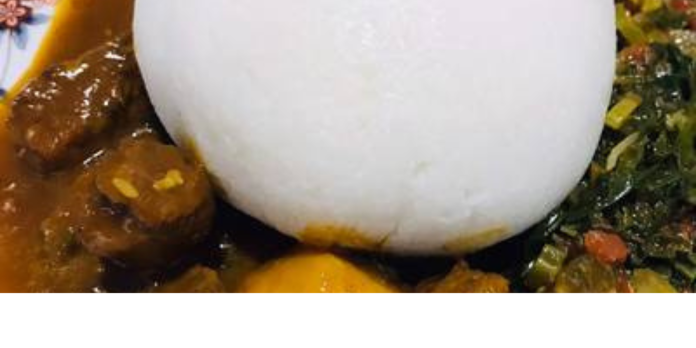Table of Contents
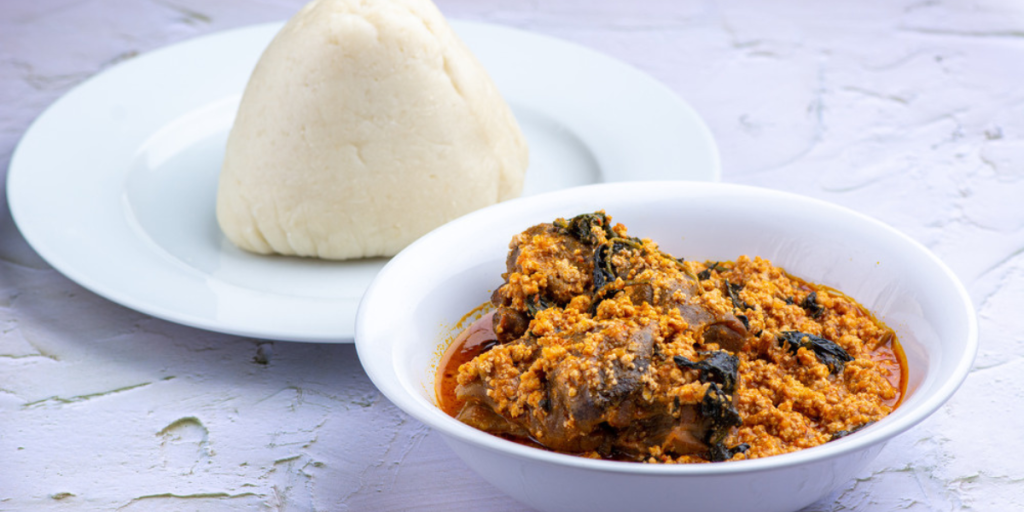
Fufu, a cherished staple in West African cuisine, embodies the rich cultural heritage and culinary diversity of the region. Traditionally made from starchy root vegetables, it has evolved over centuries, adapting to different ingredients and cooking techniques. In this comprehensive guide, we’ll explore the dynamic process of making it from flour, offering step-by-step instructions and expert tips to help you master this beloved dish. Whether you’re a seasoned chef or a novice in the kitchen, learning how to make it from flour opens up a world of culinary possibilities.
How to make fufu with just flour and water? Best 2024
Embracing Tradition with a Twist:
While traditional fufu recipes call for yams, cassava, or plantains, making fufu from flour offers a modern twist on this classic dish. Embrace the versatility of flour as you embark on your making journey, exploring new flavors and textures while staying true to the essence of West African cuisine.
How To Make Fufu Step by Step .Nigerian Best of 2024
Selecting the Perfect Flour for your FUFU:
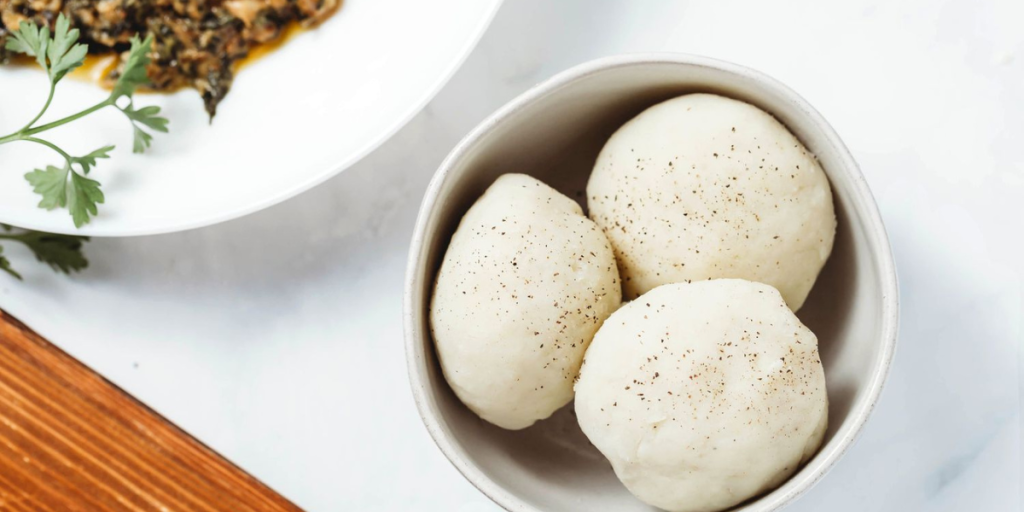
The first step in making fufu from flour is selecting the right type of flour. Opt for a high-quality, finely ground flour such as cassava flour, all-purpose flour, or semolina flour. Each type of flour offers its own unique flavor profile and texture, so feel free to experiment and find the one that suits your preferences.
Nigerian Swallow Pictures Best Of 2024
Mixing and Kneading Technique:
In a large mixing bowl, combine the flour with water, using a ratio of approximately one part flour to two parts water. Mix the ingredients together using your hands or a wooden spoon until a soft, pliable dough is formed. Once the dough comes together, transfer it to a clean work surface and knead it gently for several minutes, until it is smooth and elastic.
How To Make Eba With Cold Water. Nigeria Best of 2024
Cooking Method:
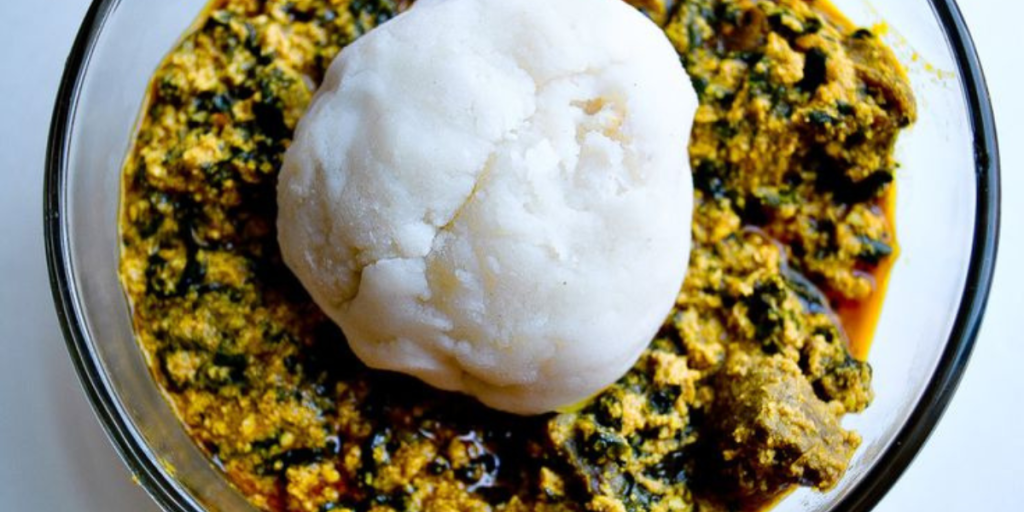
There are several methods for cooking it from flour, each yielding slightly different results. One popular method is to steam the it in a pot or steamer basket, wrapping the dough in banana leaves or parchment paper to help retain moisture and prevent sticking. Alternatively, you can boil the fufu directly in water, similar to cooking pasta, until it is fully cooked and tender.
How To Make a Good Eba. Nigerian Best 2024
Testing for Doneness:
To test if the fufu is done, carefully remove a small piece from the pot or steamer and press it between your fingers. It should feel firm and springy, indicating that it is fully cooked. If it feels sticky or doughy, continue cooking for a few more minutes until it reaches the desired consistency.
How to Prepare Rivers Fisherman Soup Best Of 2024
Shaping and Serving:
Once the fufu is cooked, remove it from the pot or steamer and transfer it to a serving dish. Use your hands to shape it into smooth, round balls or mounds, or serve it as a soft, doughy mass, depending on your preference. Fufu made from flour pairs well with a wide variety of savory sauces and soups, such as peanut soup, okra soup, or tomato stew.
A Fisherman Soup Recipe That’s a Catch! best of 2024
Presentation and Garnishes:
Elevate your fufu presentation with thoughtful garnishes and accents that complement its flavors and textures. Sprinkle chopped fresh herbs or toasted sesame seeds over it for a pop of color and flavor, or drizzle it with a swirl of fragrant palm oil for added richness and depth. Let your creativity shine as you present your masterpiece to eager diners.
How To Prepare Moi Moi With Nylon Nigerian Best of 2024
Storage and Reheating:
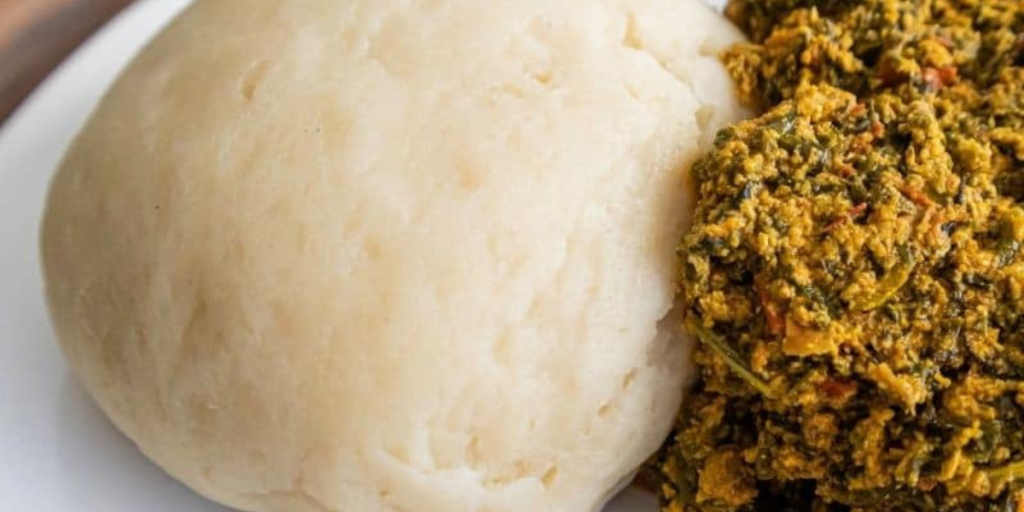
Leftovers can be stored in an airtight container in the refrigerator for up to two days. To reheat, simply steam the fufu in a pot or microwave it until warmed through. Avoid overheating, as this can cause the fufu to become dry and tough.
Learning how to make fufu from flour is a dynamic and rewarding culinary endeavor that opens up a world of possibilities in the kitchen. With just a few simple ingredients and techniques, you can create delicious fufu that pays homage to the rich culinary heritage of West Africa. So, gather your flour, roll up your sleeves, and let your creativity take flight as you embark on your fufu-making adventure. How to make fufu? With flour, water, and a passion for culinary exploration.
In conclusion, delving into the art of crafting fufu from flour, Nigerian-style, unveils a profound journey of cultural appreciation, culinary mastery, and the embodiment of a rich gastronomic tradition. Through the careful balance of technique, patience, and a deep reverence for the ingredients, one can unlock the essence of Nigerian cuisine and create a dish that transcends mere sustenance, becoming a testament to the vibrant tapestry of flavors that define the nation’s culinary identity.
The process of transforming simple flour into the smooth, elastic texture of fufu is a testament to the resourcefulness and creativity ingrained in Nigerian cooking. It speaks to the ingenuity of generations past, who, faced with limited resources, devised ingenious methods to transform humble ingredients into hearty, satisfying meals. By mastering the art of fufu-making, one not only pays homage to this legacy but also embraces the spirit of innovation and adaptability that defines Nigerian cuisine.
Furthermore, the act of preparing fufu from flour serves as a catalyst for cultural exchange and connection, as it allows individuals from diverse backgrounds to come together and share in the experience of creating and enjoying a beloved Nigerian staple. Whether it’s the rhythmic pounding of the fufu or the communal gathering around a steaming pot of soup, the process fosters a sense of unity and belonging, transcending cultural boundaries and forging lasting bonds.
Beyond its culinary significance, fufu made from flour embodies the essence of Nigerian hospitality, as it symbolizes the warmth and generosity with which meals are shared in Nigerian homes. It is a dish that embodies the spirit of togetherness, inviting friends, family, and even strangers to gather around the table and partake in the communal feast.
In essence, mastering the art of making fufu from flour in the Nigerian tradition is more than just a culinary endeavor; it’s a celebration of heritage, a testament to the power of food to unite, and a journey of discovery into the rich tapestry of Nigerian culture. So, let us embrace the flavors, cherish the traditions, and continue to honor the legacy of Nigerian cuisine for generations to come.
















